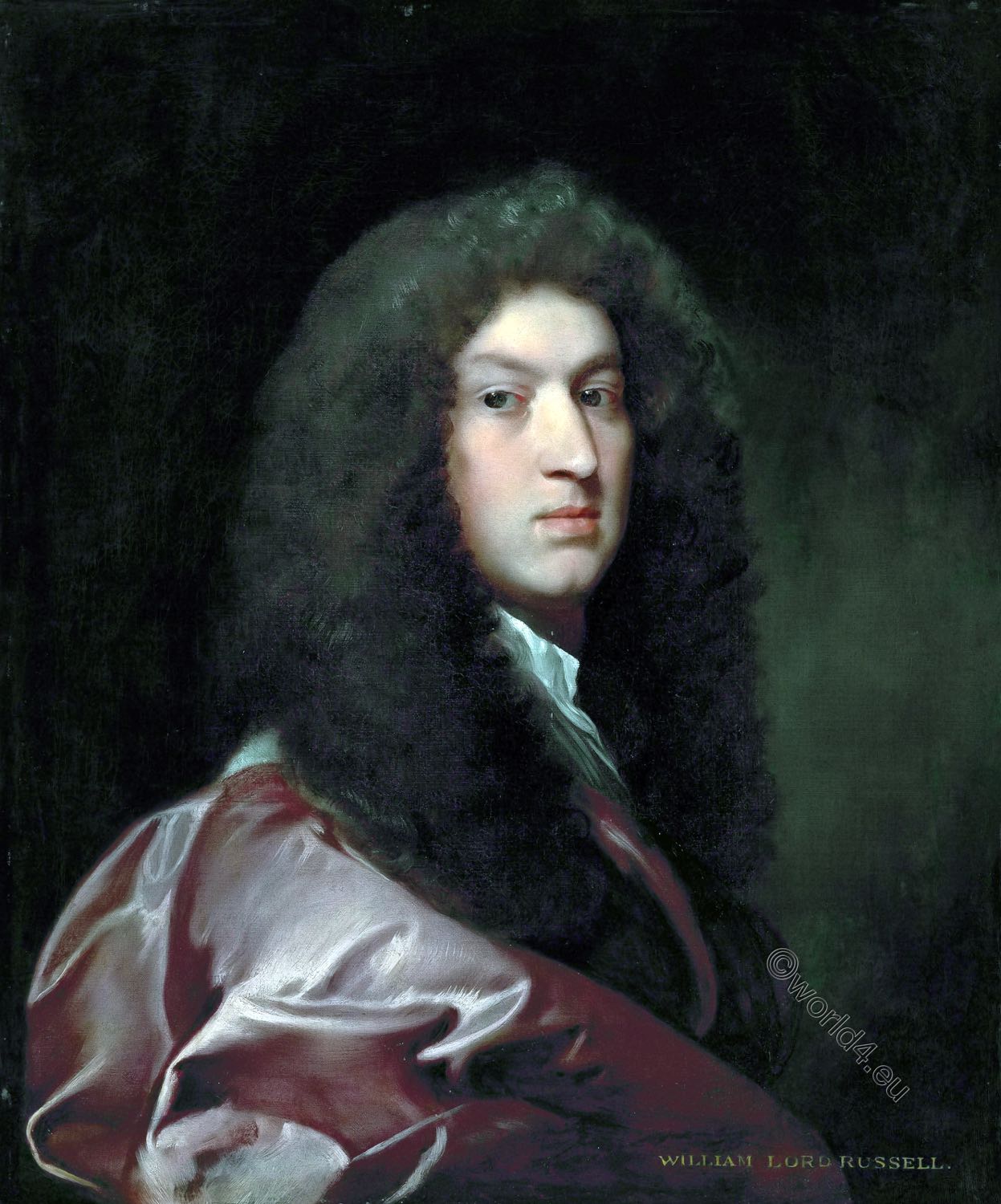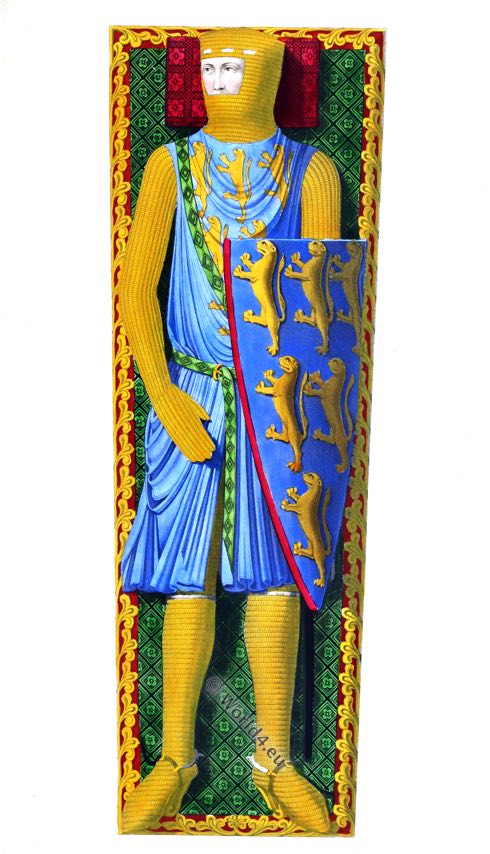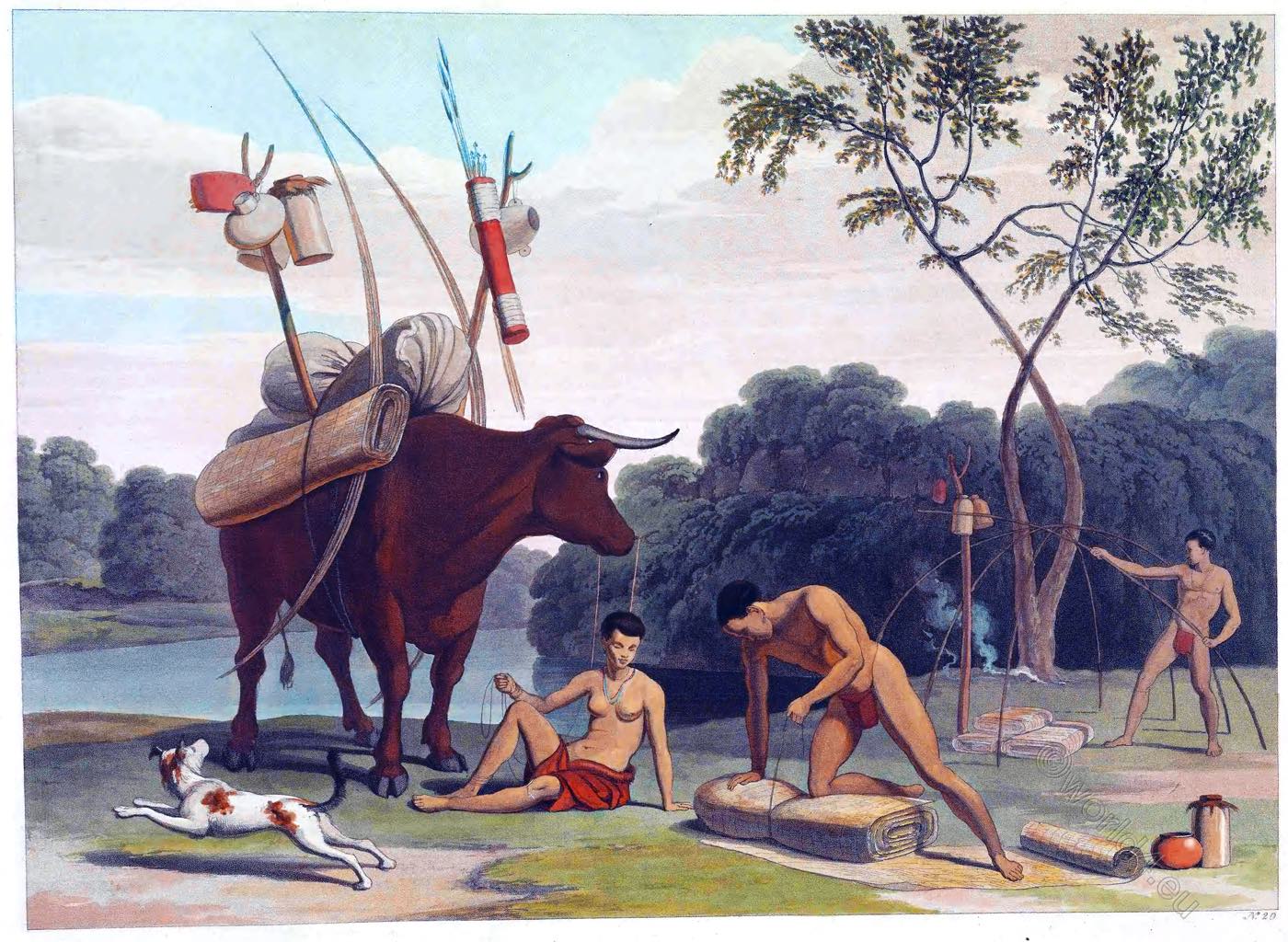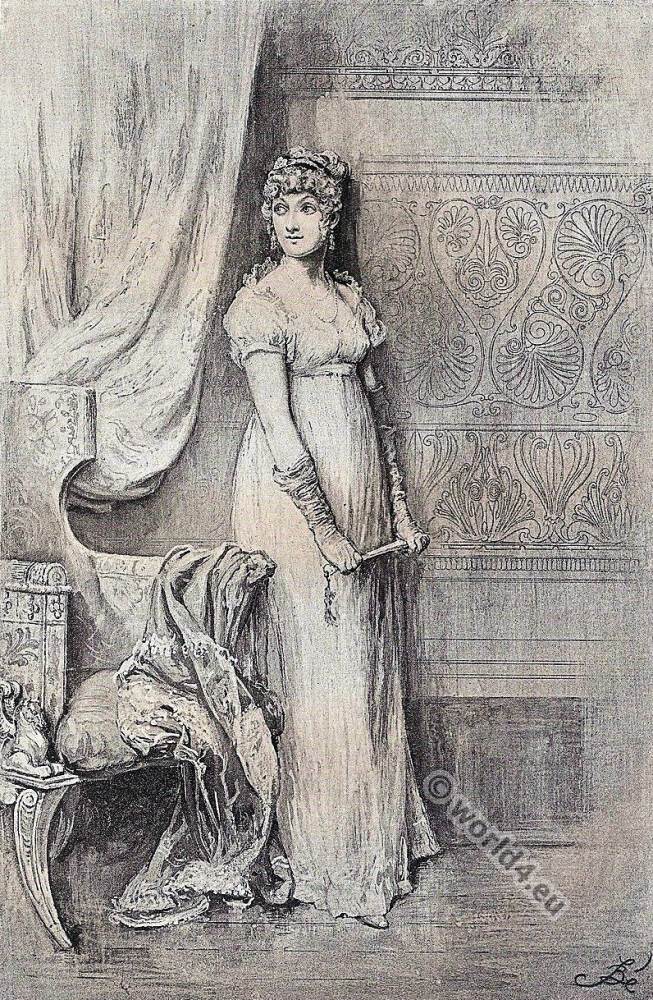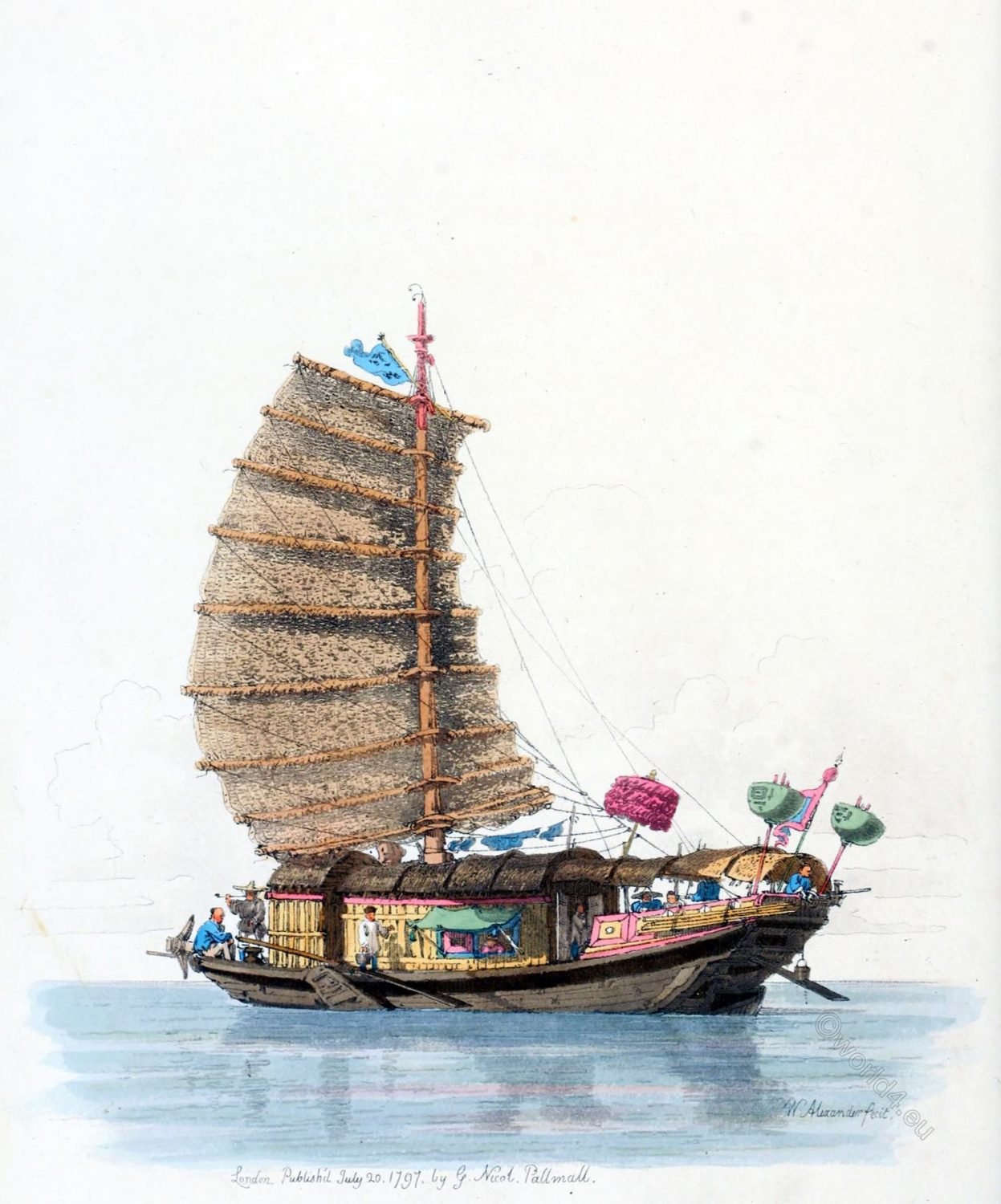
THE TRAVELING BARGE Of
Van-ta-zhin.
As traveling in China is generally performed on the water, a prodigious number of Yachts or Barges of various forms are employed, as well for that purpose, as for the conveyance of merchandize.
The central apartment, which has an awning over the windows, is occupied by the proprietor; the fore part of the vessel by his servants, and the aft or stern part is used for culinary purposes, and sleeping places for the boatmen.
Barges of this kind have one large sail of matting, stretched out by bamboos, running horizontally across it ; the sail may be instantly taken in by letting go the haulyards, when the sail falls in folds similar to a fan.
When the wind or tide is unfavorable, these vessels are either tracked along by human labour, or sculled by large oars which work on pivots at the bows and stern; by means of these oars, which are never taken out of the water, but simply sculled to and fro, the vessel is impelled onwards with considerable rapidity.
The triple umbrella proclaims a Mandarine of consequence to be on board. The large lanterns with Chinese characters on them, and the ensign at the stern, are likewise marks of distinction.
Source: The costume of China, illustrated in forty-eight coloured engravings by William Alexander (1767-1816). London, William Miller, Albemarle Street, 1805. Plates also published in Bazin de Malpière’s La Chine; moeurs, usages, costumes. 2 v. Paris, 1824-27.
Related
Discover more from World4 Costume Culture History
Subscribe to get the latest posts sent to your email.

